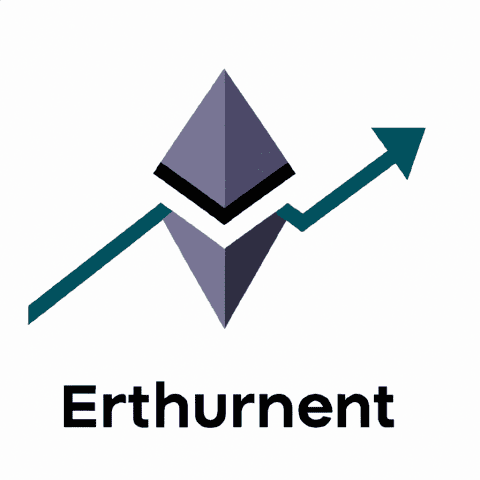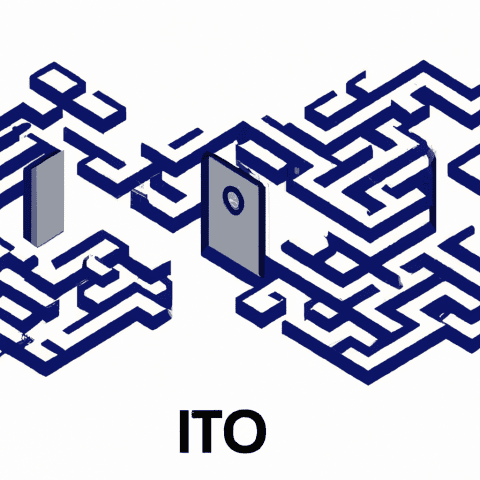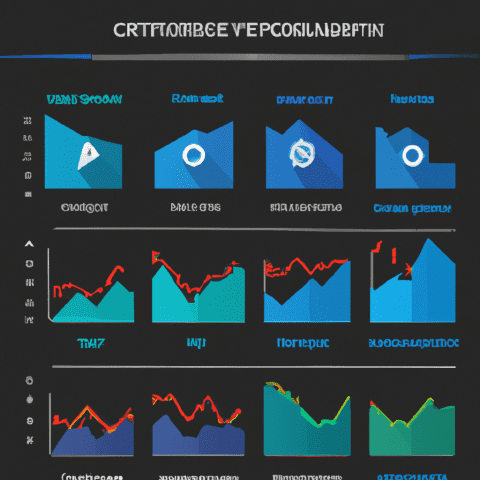As the cryptocurrency market continues to evolve, new fundraising methods such as Initial Coin Offerings (ICOs) and Initial Exchange Offerings (IEOs) have gained popularity among investors and startups alike. In this article, we will explore the differences between ICOs and IEOs, highlighting what you need to know to navigate this rapidly changing landscape. From top ICOs and IEOs to watch out for in 2021, to the latest news and updates on the crypto market, we will provide valuable insights for investors seeking to capitalize on these opportunities. Additionally, we will offer tips for success in navigating the world of ICO/IEO investments, as well as insights into upcoming ICOs and IEOs that may present potential opportunities for eager investors. Lastly, we will delve into the evolution of ICOs and IEOs in the crypto industry, shedding light on how these fundraising methods have shaped the digital asset landscape. Stay tuned for a comprehensive look at ICOs, IEOs, and everything in between.
1. "Exploring the Differences Between ICOs and IEOs: What You Need to Know"
When it comes to fundraising in the world of cryptocurrencies, two popular methods have emerged: Initial Coin Offerings (ICOs) and Initial Exchange Offerings (IEOs). While both ICOs and IEOs serve as ways for blockchain projects to raise capital, there are key differences between the two that potential investors should be aware of.
ICOs have been around longer and were the go-to method for fundraising in the early days of the cryptocurrency market. In an ICO, a project will create a new digital token and sell it to investors in exchange for cryptocurrency like Bitcoin or Ethereum. These tokens can represent ownership in the project, access to services, or various other forms of value.
On the other hand, IEOs have gained popularity more recently as exchanges have started hosting token sales on behalf of projects. In an IEO, the exchange acts as a trusted intermediary, conducting due diligence on the project and ensuring compliance with regulations. This can provide a higher level of security and credibility for investors, as they are buying tokens directly from a reputable exchange.
One of the main advantages of IEOs over ICOs is the level of trust and vetting provided by the exchange. Investors can have more confidence that the project is legitimate and has been thoroughly reviewed before participating in the token sale. Additionally, IEOs often offer immediate liquidity, as tokens are listed on the exchange shortly after the sale, allowing investors to buy and sell them easily.
However, this level of oversight and support from an exchange comes at a cost. Projects looking to launch an IEO must typically pay a fee to the exchange, which can be significant. This can make IEOs more expensive for projects compared to ICOs, which may deter some from choosing this fundraising method.
In conclusion, both ICOs and IEOs have their own advantages and disadvantages. While ICOs offer more flexibility and lower costs for projects, IEOs provide a higher level of security and credibility for investors. As the cryptocurrency market continues to evolve, it will be interesting to see how these fundraising methods develop and which one emerges as the preferred choice for blockchain projects.















